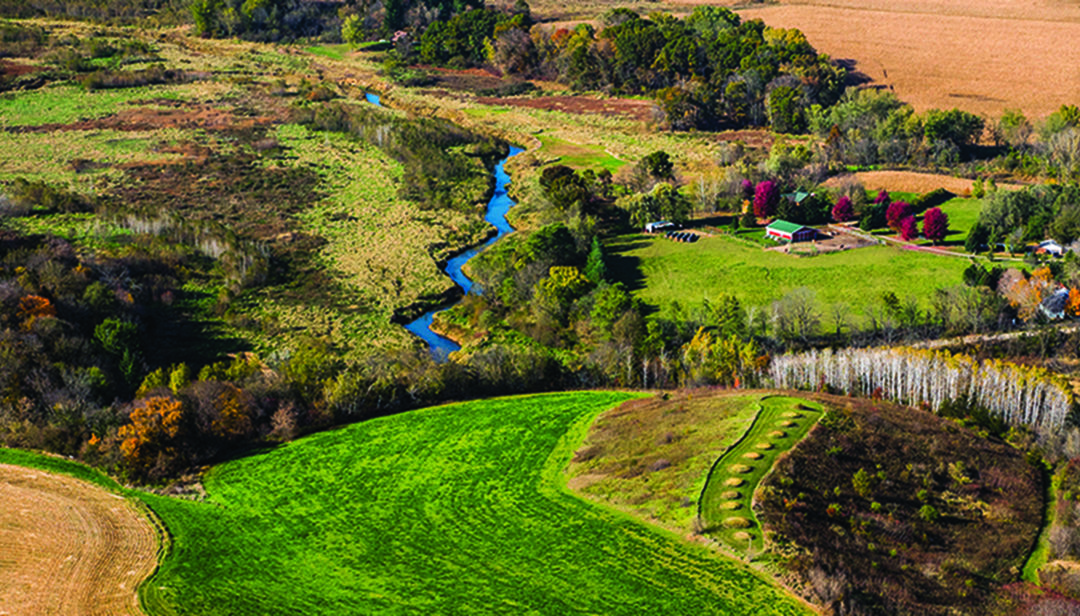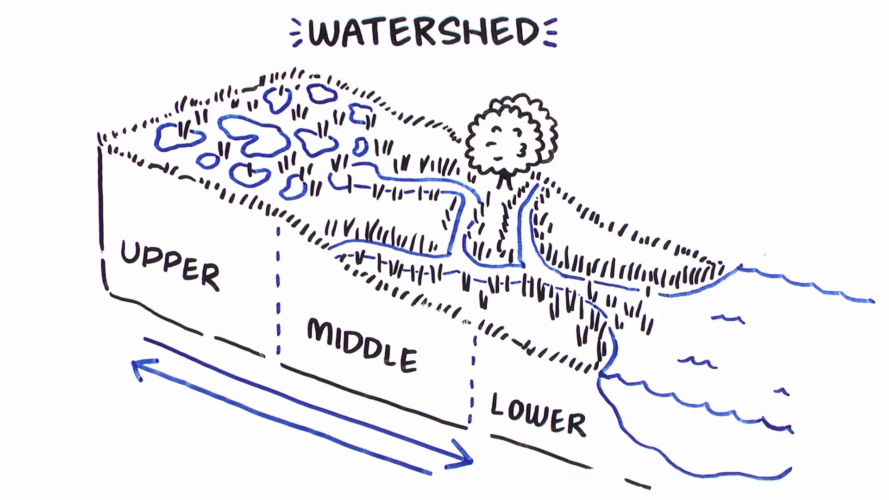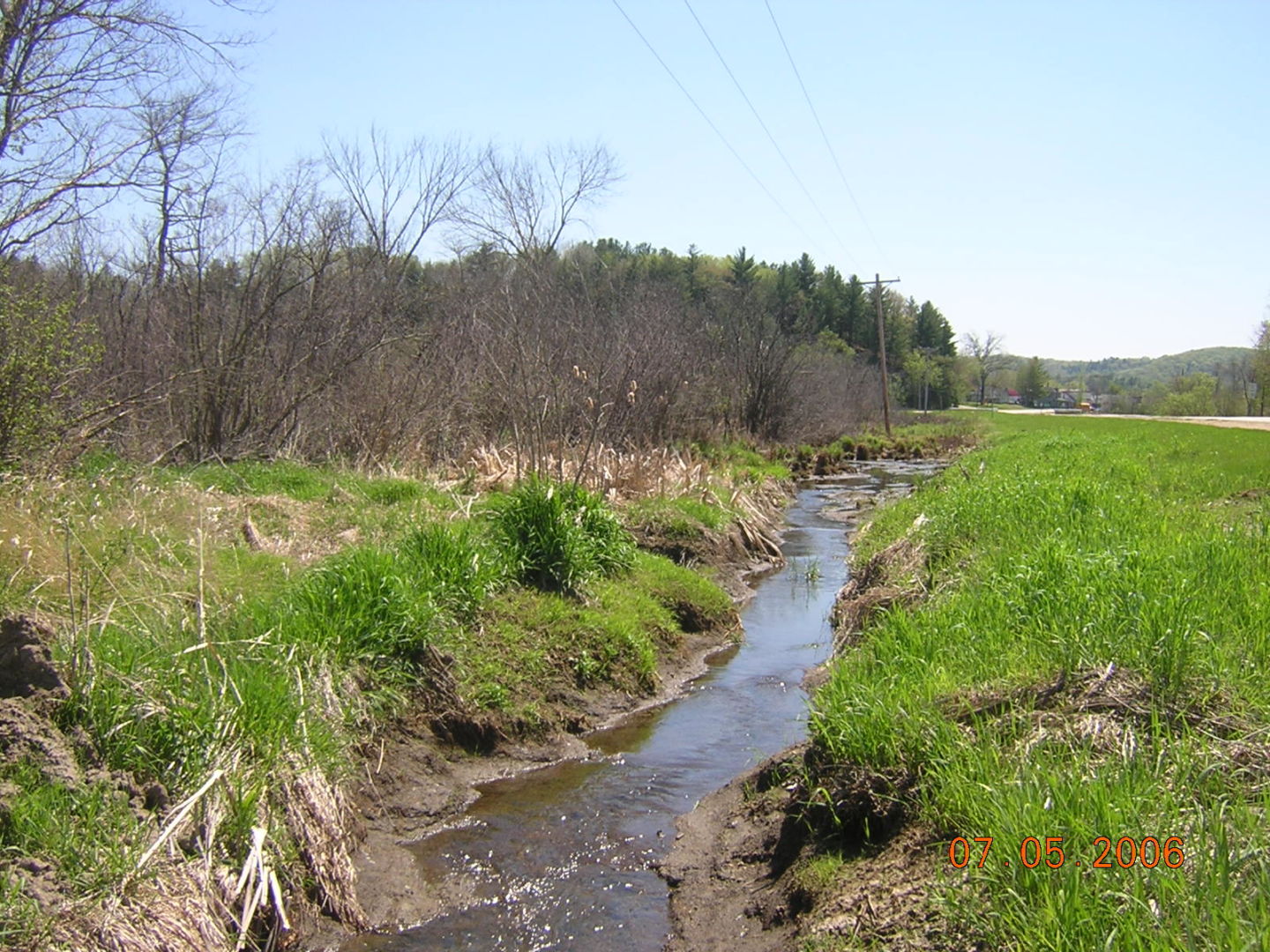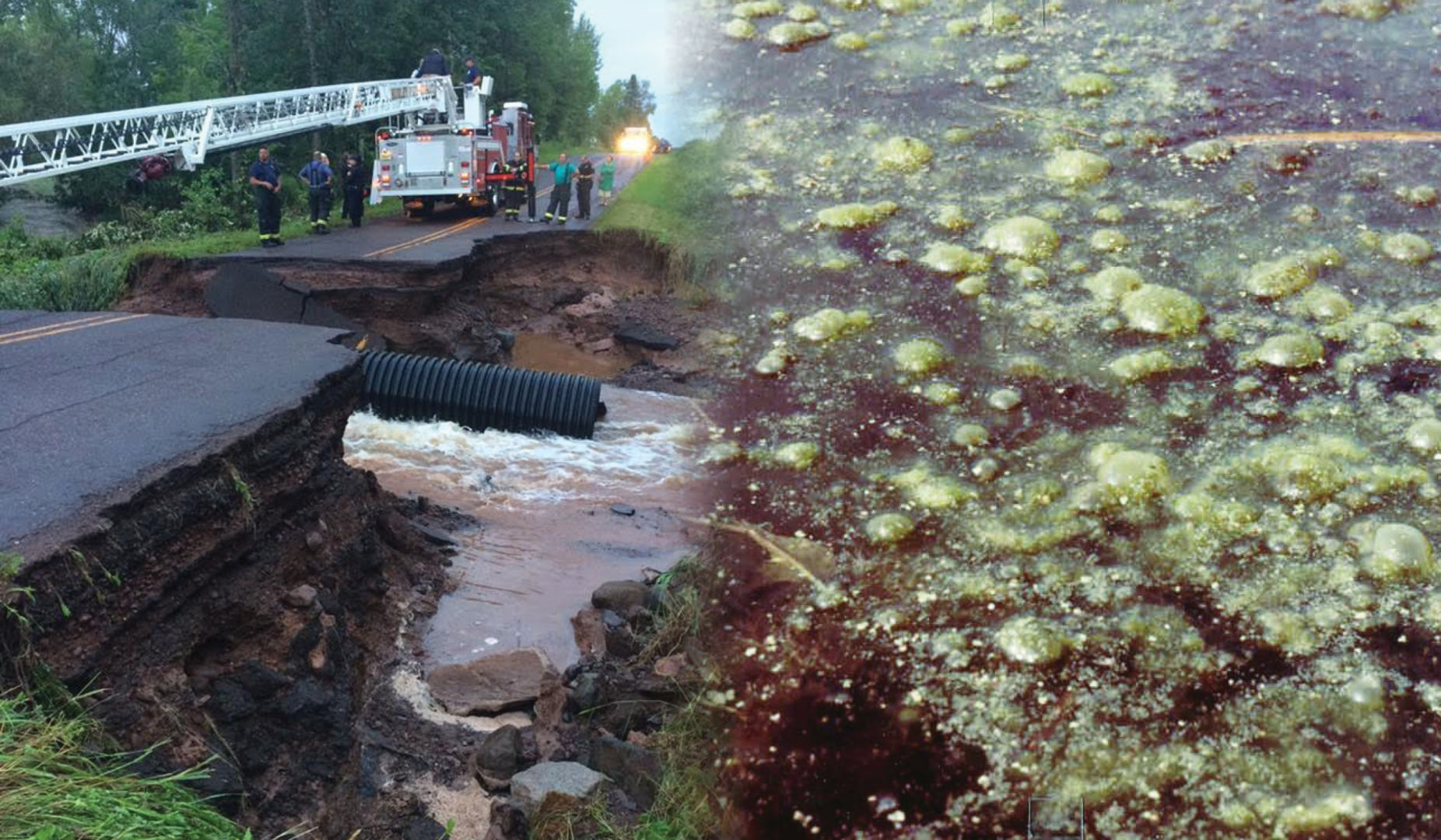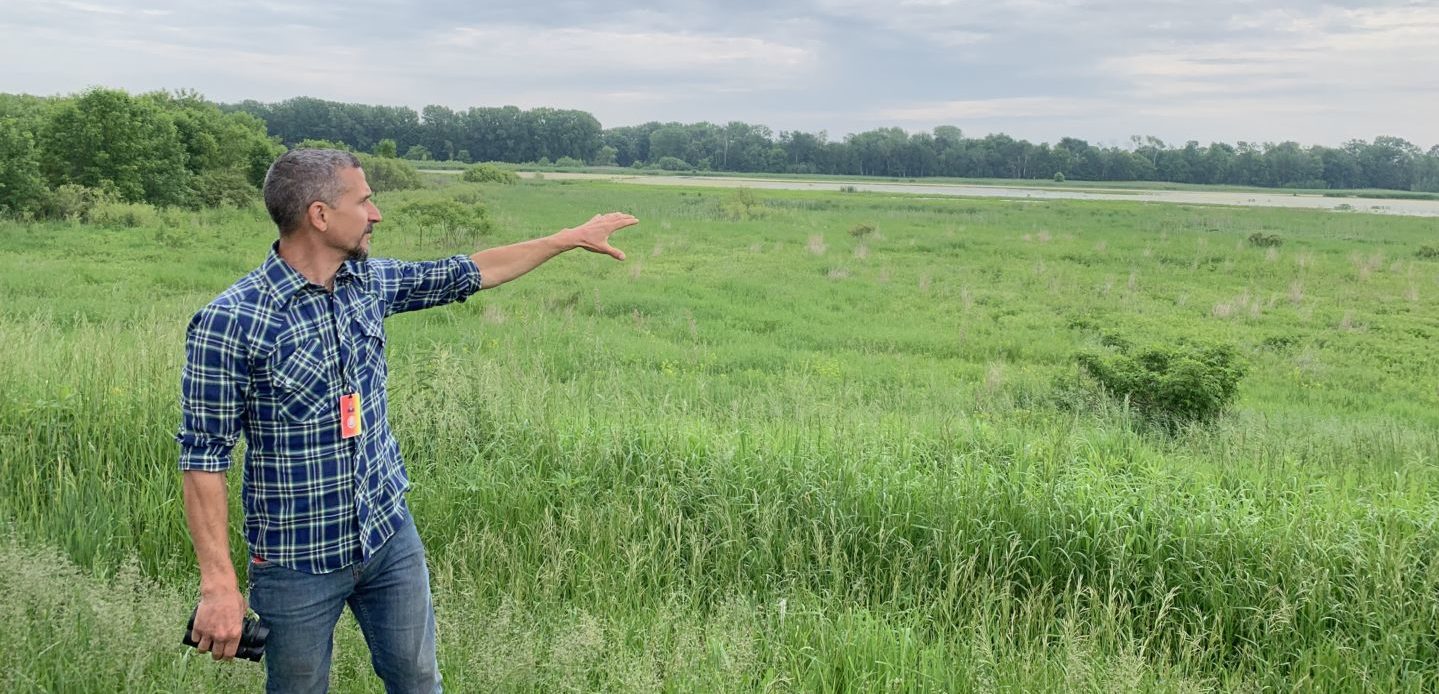Watershed-based hydrologic restoration is one of the most effective and important ways to address water management concerns in Wisconsin, however its practice is not yet widespread in our state.
WWA wants to change that. If, as a community, we can do work that addresses degraded hydrology—the root cause of most of our water challenges—we will be more successful in responding to our water management challenges in Wisconsin. To achieve this goal of making watershed-based hydrologic restoration the status quo in our state, our whole community—the individuals, agencies, companies, and organizations working for wetlands—needs to have a shared understanding of basic hydrologic principles and hydrologic restoration approaches and techniques. Only then can we apply these principles in our statewide policies and programs and in our on-the-ground conservation work.
To help build this shared understanding, Wisconsin Wetlands Association has written a four-post blog series on the topic of watershed-based hydrologic restoration, addressing the following questions and more:
- How do wetlands manage water?
- How do landscape changes affect how water flows through our watersheds?
- How does degraded hydrology contribute to water problems and how should we approach thinking about repairing hydrology?
- How is Wisconsin currently working to apply wetlands as solutions to flooding and other water problems?
Check out other posts in this blog in which we report on work we and our partners are doing that advances watershed-based hydrologic restoration in policy, outreach, and on-the-ground projects. We welcome your feedback and ideas for other ways you think hydrologic restoration can be advanced across our landscapes.
This blog post series first ran in WWA’s quarterly member newsletters in 2020. If you are not a member of WWA and would like to receive our newsletters, become a member when you donate to WWA here.
Photo by Driftless Dream Studio.
Blog posts in this special series
How wetlands manage water
Take a look at how wetlands work together in a watershed to manage water.
Changes to our land, challenges for our waters
How have past actions contributed to today’s water challenges?
Our legacy of wetland loss: Behind our water problems
Fixing the water: Community-led watershed-based hydrologic restoration in Wisconsin

